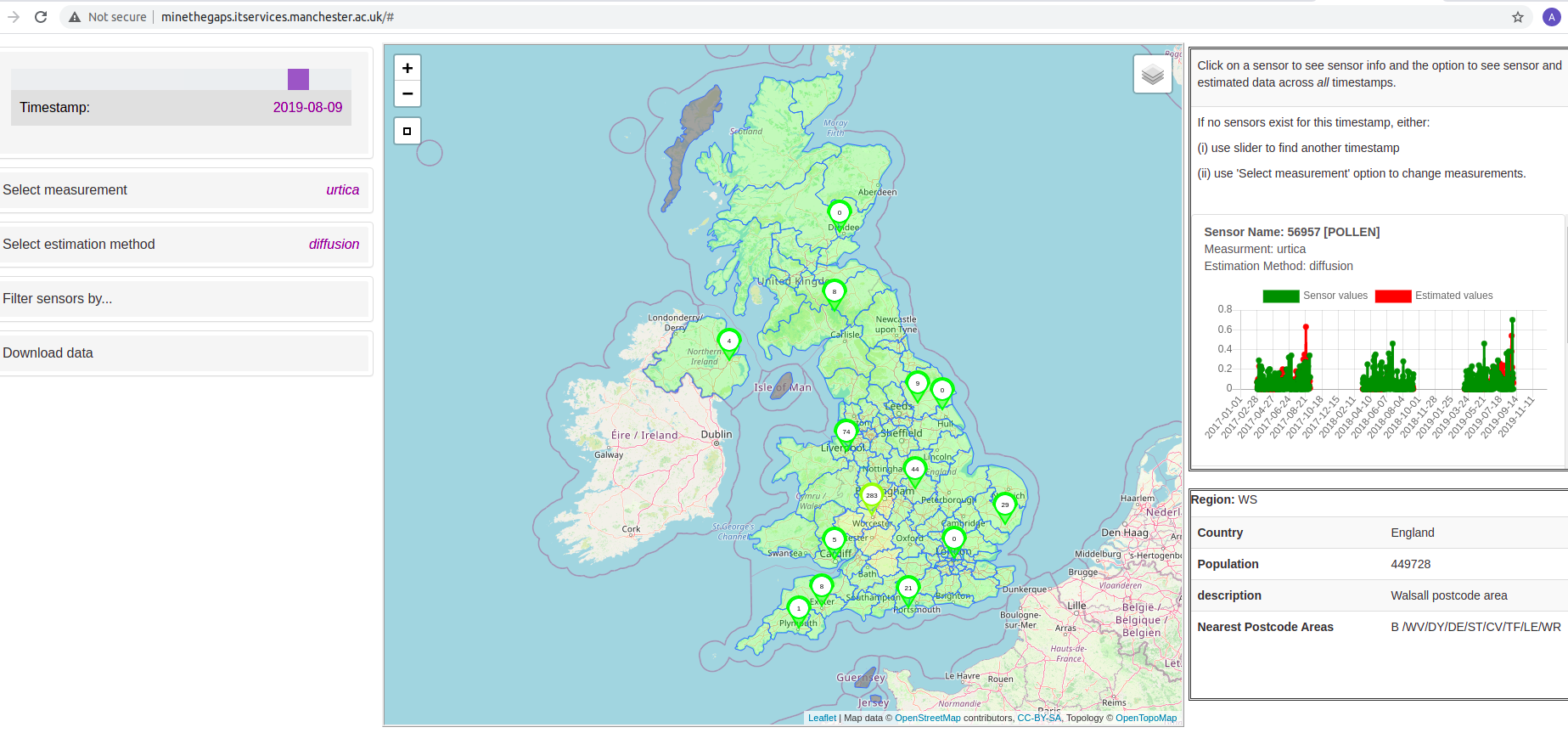Environmental Intelligence POSTER
By Ann Gledson
Environmental Intelligence POSTER
Whilst the importance of quantifying the impacts of detrimental air quality remains a global priority for both researchers and policy makers, transparent methodologies that support the collection and manipulation of such data are currently lacking. To support research investigating the inter-play between common gaseous and particulate pollutants with meteorology and biological particles, we present a comprehensive data-set containing daily air quality, pollen and weather readings from the Automatic Urban and Rural Network (AURN) and Met Office monitoring stations in the years 2016 to 2019 inclusive, for the United Kingdom. We describe the data sources, how the data has been cleaned, and how we dealt with missing values and sparse regional coverage. The resulting dataset, which integrates supplementary regional data with other relevant variables, including urban-ness and altitude, is designed to maximise its utility to those using air quality data in their research. Alongside the data we provide the tools used for collecting, cleaning and estimation, anticipating that others may want not just to use our data as is, but also extend and modify the approach for their own research. In addition, we introduce our 'Mine the Gaps' web application, providing an interesting and graphical demonstration of how this dataset can be utilised.













